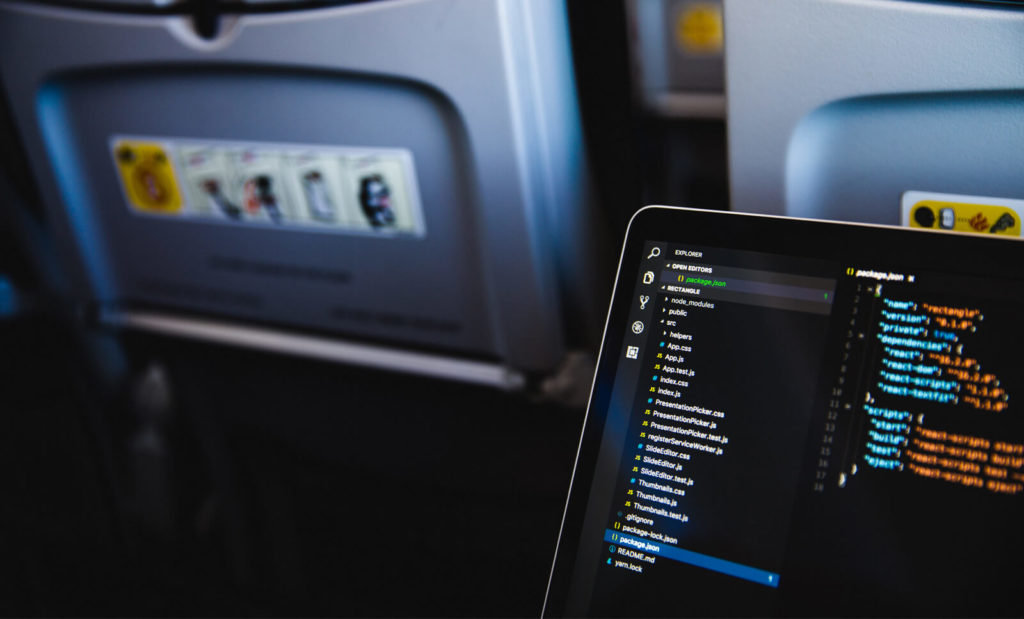The rise of remote work opportunities and social media influencers in the travel sector has grown widespread interest in the digital nomad lifestyle. Digital nomads, or those who travel while working remotely, make up tens of millions of the world population (and that digital nomad statistic is only increasing).
Over the past several years, we’ve seen an increase of coworking and co-living spaces pop up all around the world. And with the coronavirus pandemic launching the workforce into working from home at scale, employees and employers are realizing the true benefits of remote work — some adopting the practice permanently.
The wide adoption of remote work has increased interest in being a digital nomad once travel is safe. It’s even encouraged entire governments into offering digital nomad visas to boost their economic growth. Let’s dive into the statistics and trends that make up the digital nomad community.
Key Digital Nomad Statistics and Facts

As digital nomads ourselves, we can speak to the benefits of the lifestyle: the flexibility, creating our own productive work environments, zero commute, and endless learning opportunities. These digital nomad statistics support that.
- 31% of digital nomads are women and 69% are men. — MBO partners
- 54% of digital nomads are more than 38 years old. — MBO partners
- 54% of digital nomads travel full-time, while 46% of digital nomads consider themselves part-time travelers. — MBO partners
- 17% of American digital nomads (1.9 million people) are part of the van life movement. — MBO partners
- 56% of workers have a job where at least some of what they do could be done remotely. — Global Workplace Analytics
- 44% of respondents claimed real-time communication tools like Slack are important for helping them stay connected. — And.co
- 70% of digital nomads travel to five or more countries per year. — And.co
- 51% of digital nomads live in a hotel. — FlexJobs
- 16% of digital nomads live in hostels. — FlexJobs
- 31% of married digital nomads travel with their partners full-time. — FlexJobs
What Does the Future Look Like for Digital Nomads?

The stats alone tell the story of the digital nomad — the movement is on the rise.
- 17 million people aspire to be a digital nomad in the future. — MBO partners
- American digital nomads have grown by 49% from 2019 (7.3 million digital nomads) to 2020 (10.9 million digital nomads). — MBO partners
- The remote workforce has increased by 140% since 2005. — Global Workplace Analytics
- By the end of 2019, there were 22,400 coworking spaces worldwide. — Statista
- In 2021, the top countries for digital nomads are Canada, the UK, and Romania. — Forbes
With companies opening up the possibility of part-time or full-time remote work, more traditional employees are becoming digital nomads. Whether that means they’re leaving large metropolitan cities to explore the countryside, plan to invest in a van to live in, or want to travel internationally, there are various ways that people can explore the digital nomad lifestyle.
Do Digital Nomads Make Enough Money to Travel?

Contrary to popular belief, travel doesn’t require a hefty vacation budget.
- 16% of digital nomads earn over $75,000 per year. — MBO partners
- American remote workers (14%) were more likely to earn six figures than international remote workers (8%). — And.co
Despite a majority of digital nomads making under $75,000 per year, many don’t pay for the regular household bills that others do such as car payments, gas, rent, utilities, and even decor and clothes shopping.
Digital nomads often live a minimalistic lifestyle, allowing for their budget to go towards travel expenses, accommodations, and coworking spaces.
Should Employers Trust Digital Nomads?

Sometimes Instagram gives the wrong impression of digital nomads — we’re talking about those beachside-laptop-in-hand photos.
But the reality is that digital nomads are often heads-down in coworking spaces or coffee shops, learning new things at skillshares, or proving their worth to their employers or clients.
- 28% of remote companies have women CEOs, founders, or presidents. — Remote.co
- More digital nomads are employed by a company (35%) than digital nomad freelancers (28%) or business owners (18%). — FlexJobs
- 72% of digital nomads have a bachelor’s degree. — FlexJobs
- 33% of digital nomads have a master’s degree. — FlexJobs
- Remote workers are 13% more productive than in-office employees. — Stanford Business
- 74% of workers said they would quit their current jobs to work for a remote company. — Softchoice
Should You Become a Digital Nomad?

If you’re already a digital nomad, you know what makes the lifestyle so fulfilling.
But if you’re still considering it, think about this:
- 90% of digital nomads report being highly satisfied at work — MBO partners
- Travel and experiential purchases are one of the best methods to maintain happiness and enjoyment. — Cornell Chronicle
Being a digital nomad doesn’t mean you lose sight of your career, friends, and family. It’s just the opposite. The flexibility allows you to do what you love — travel slow, travel part-time, spend more time with your distant family, or whatever else makes you happy.
Being a digital nomad puts the ball in your court.
And there’s more where that comes from. We’ll continue to share digital nomads statistics and trends as new studies are released in 2021.
Where to next? Find flexible month-to-month rentals across the globe on Anyplace.






2 Comments
Very interesting stats! The big one for me is there are 10.9 million digital nomads in the USA. Any insights on the global number?
Awesome article! So much very valuable information here. Thank you!